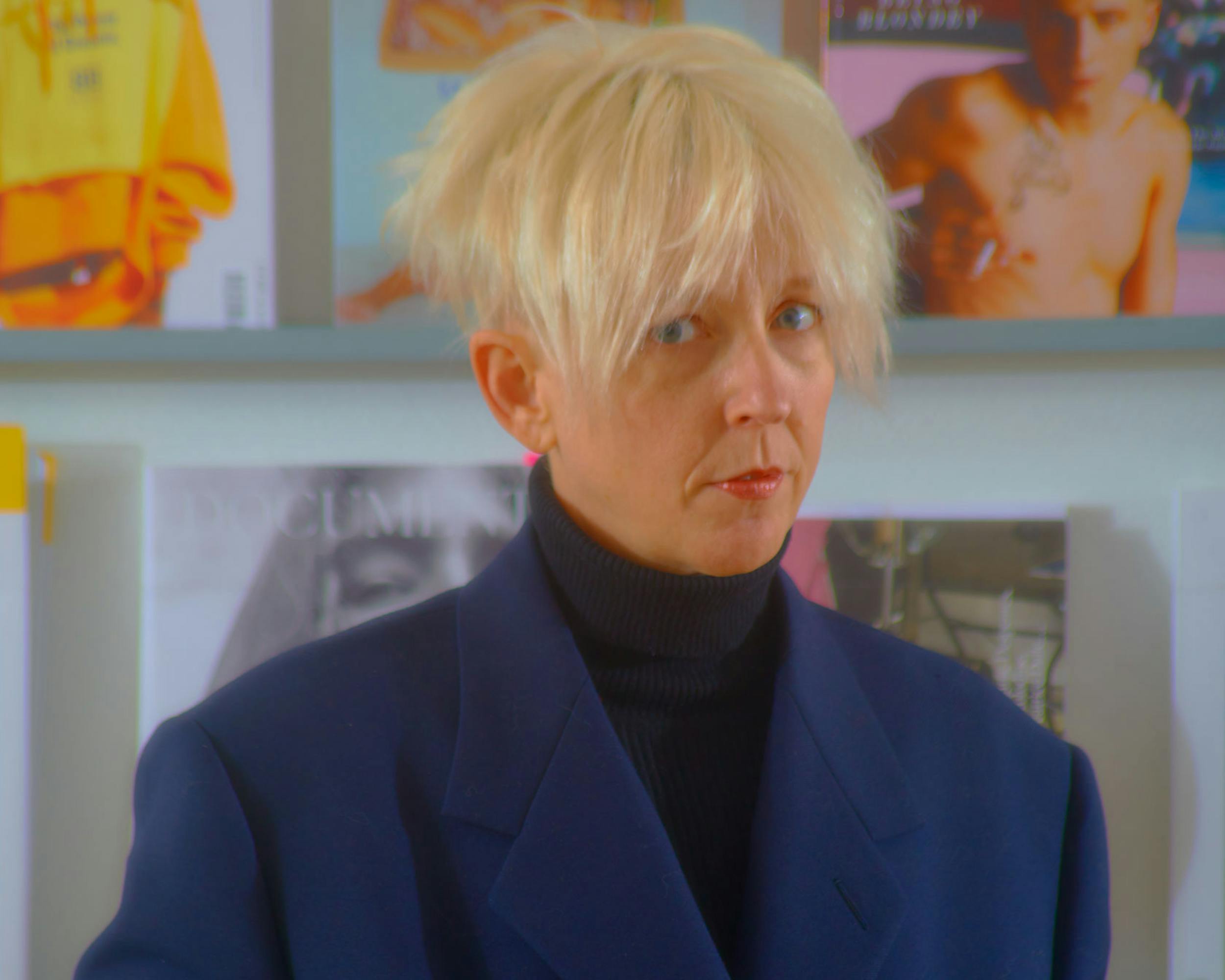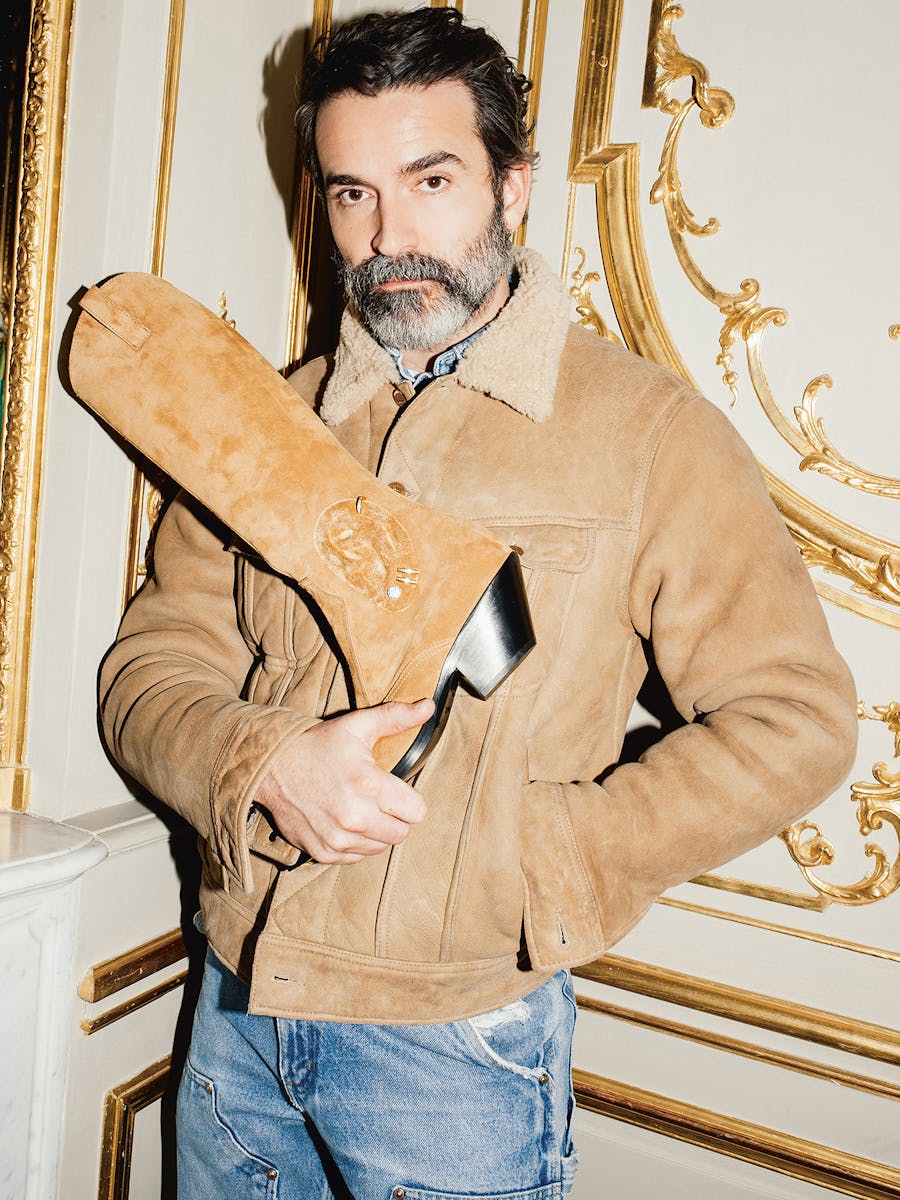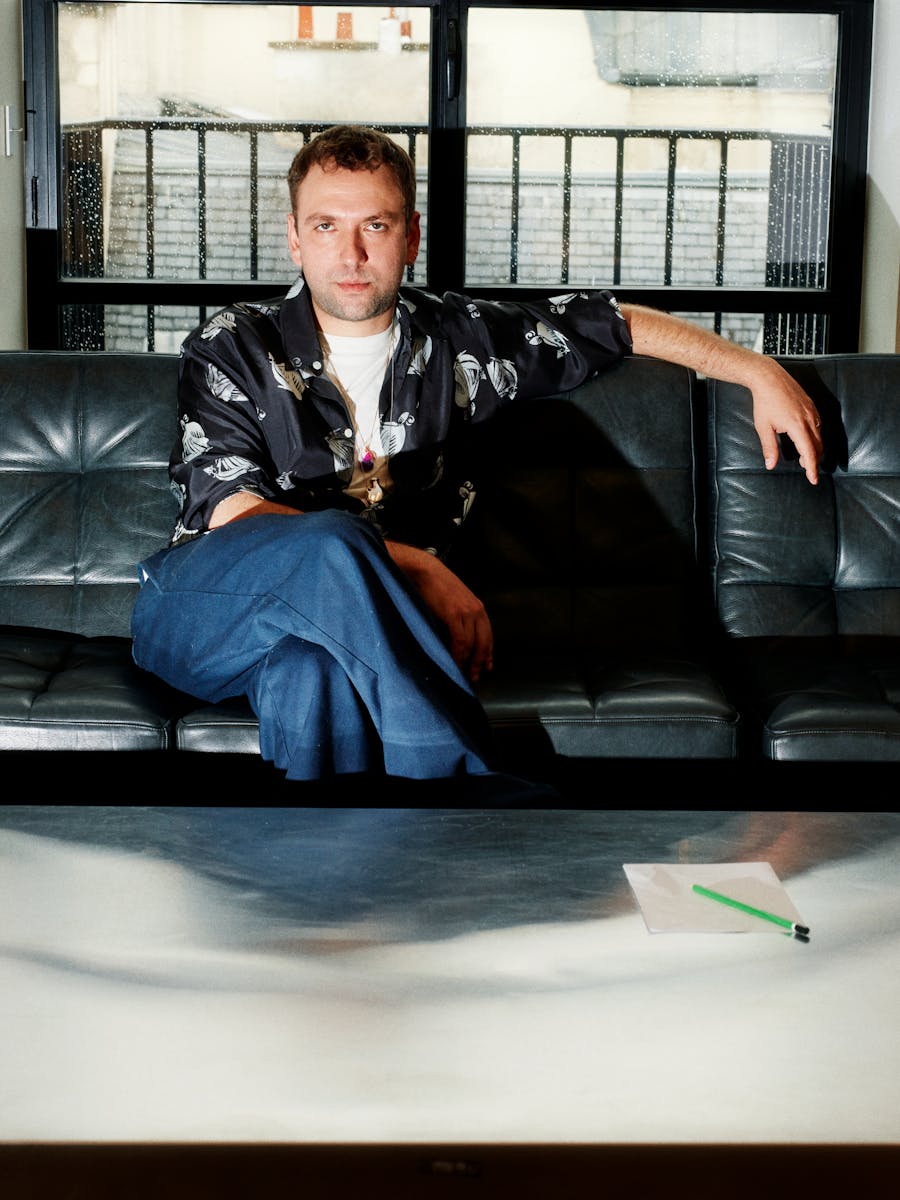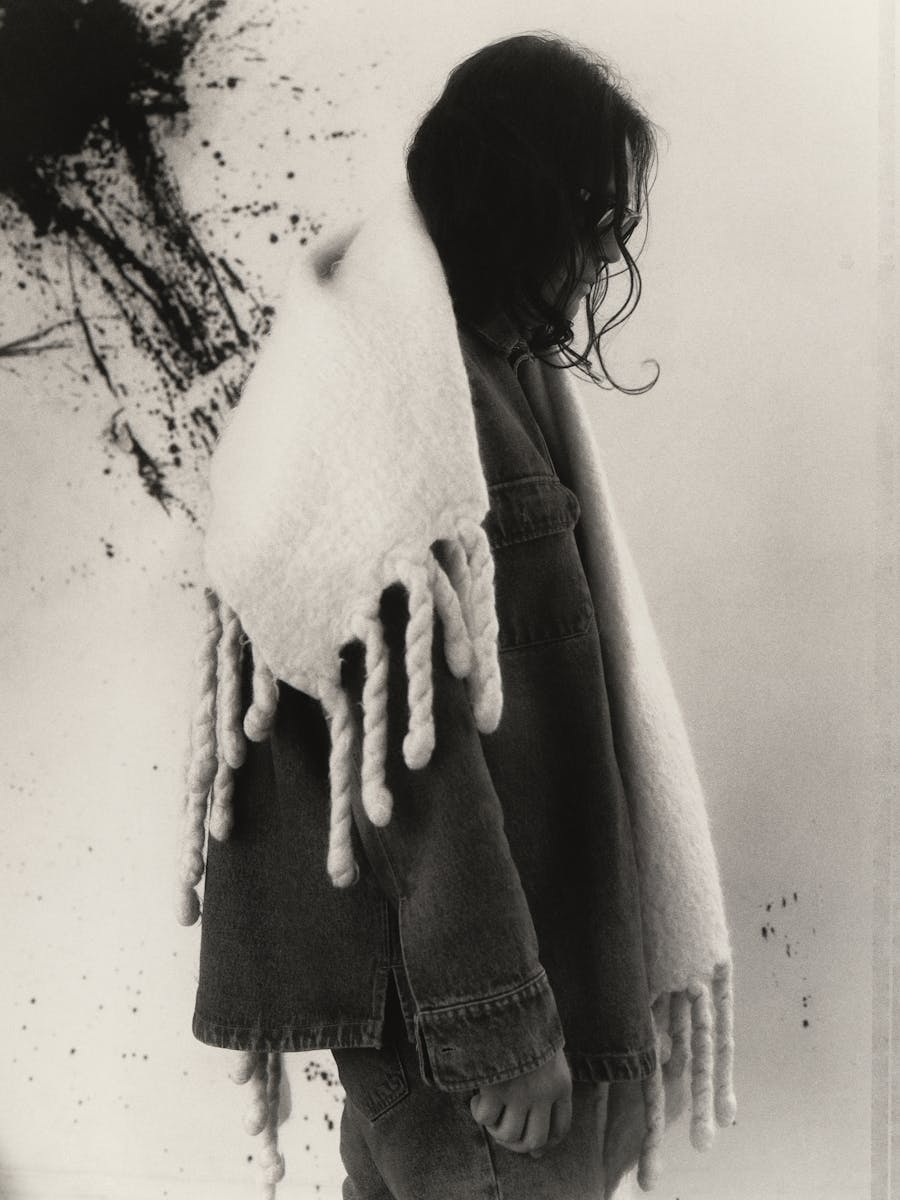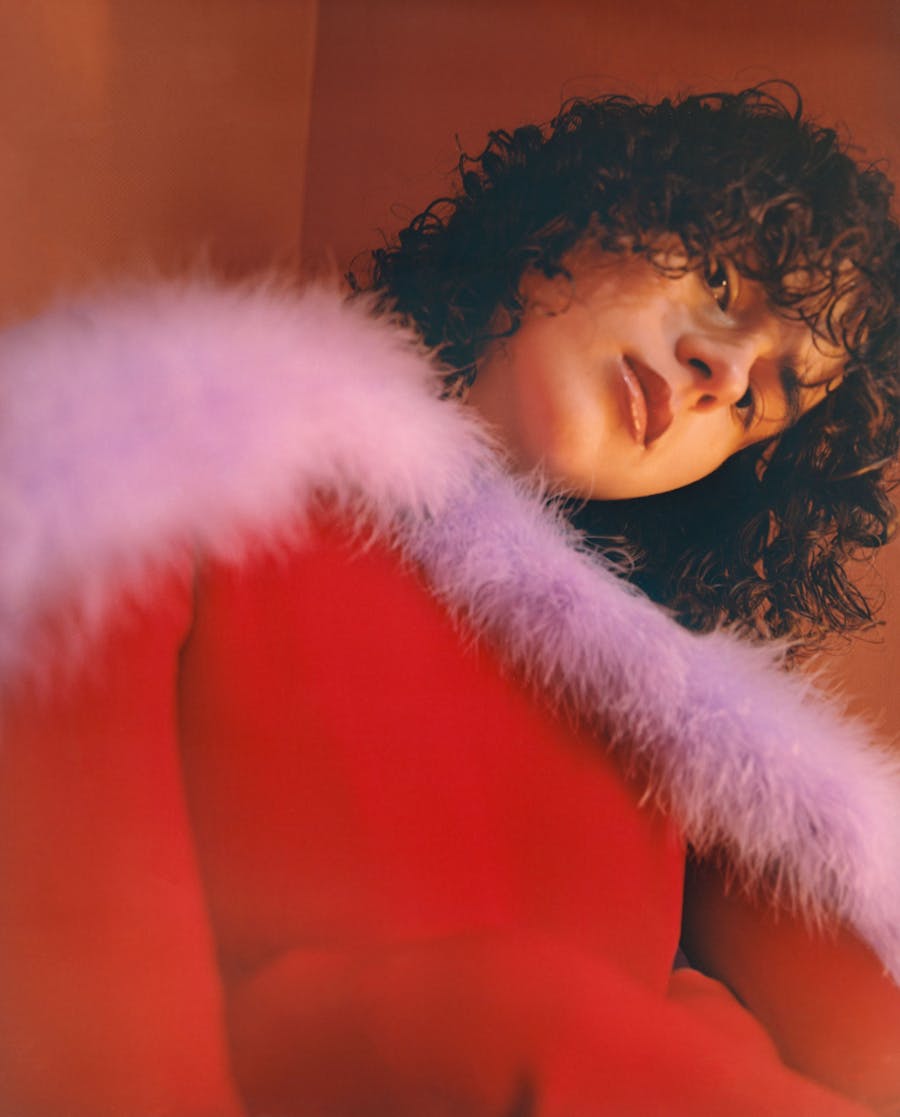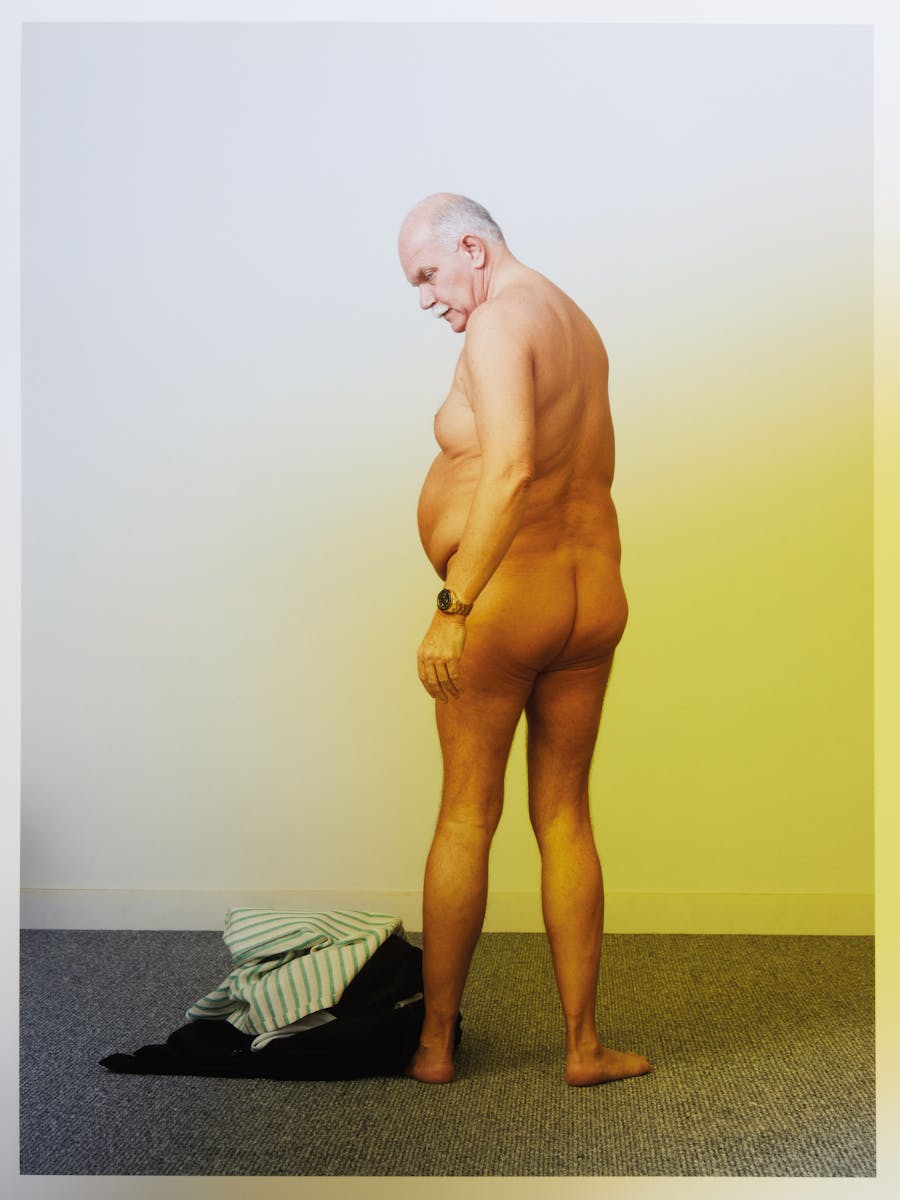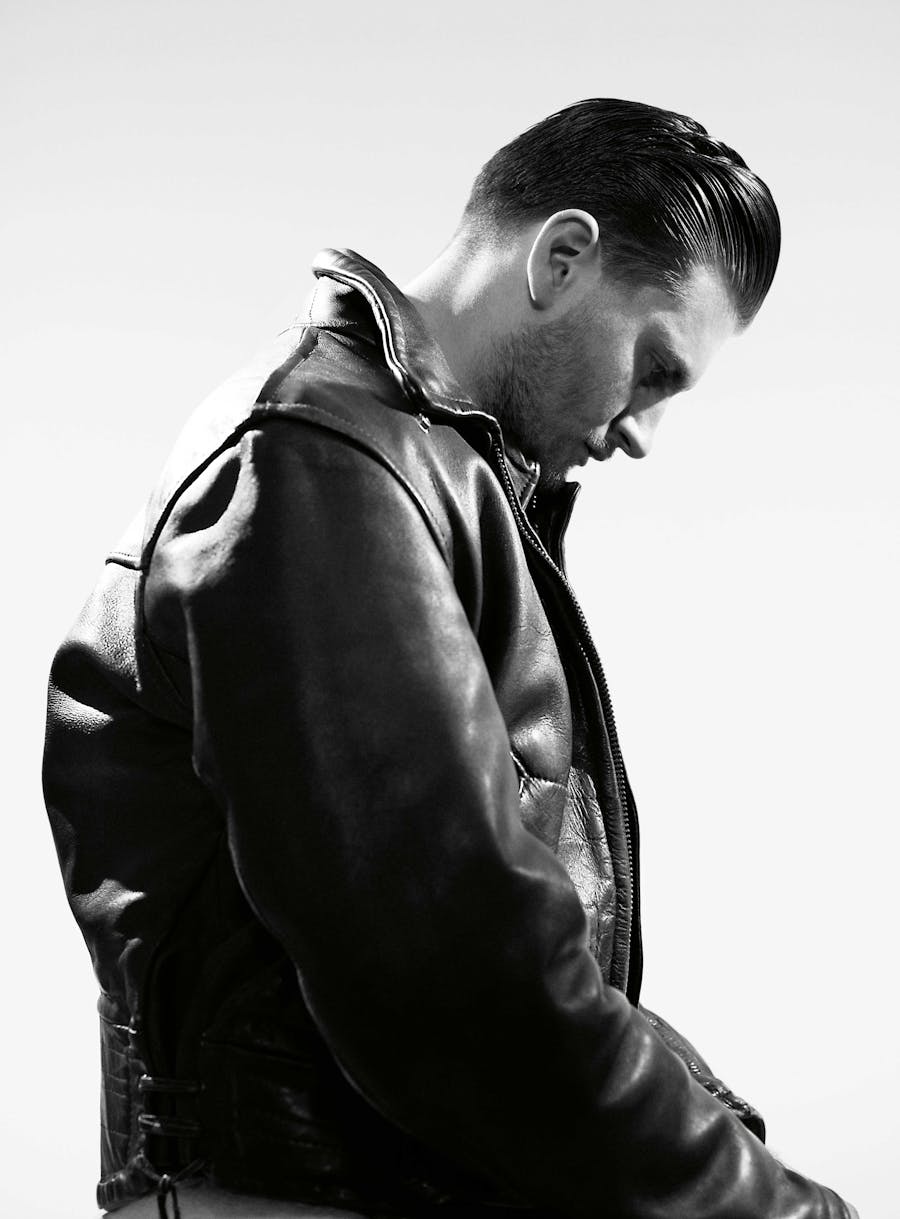Boris Camaca
Gabriel Fabry
Boris Camaca
Gabriel Fabry
She hates pretty things. She likes the unkempt, the irregular, the out of place. Since 2015 Robin Meason, with her press agency Ritual Projects, has been at the head of a family of 12 brands that are rewriting the codes of fashion, a community of international designers who cultivate a taste for irreverence. Since its launch she’s added Vetements, the most talked about, criticized, copied brand of recent years, to her stable. Not a bad basis for her reputation. The Belgian Glenn Martens (Y/Project), the Berliner Andra Dumitrascu, the Swiss-based Ottolinger, Masanori Morikawa (Christian Dada) from Japan, and from Hong Kong, Alex Leung and Anais Mak (Jourden) are also part of the fold. Passionate about contemporary art, she keeps company with Alexander Hertling and Daniele Balice. Ever discreet, she has been able to create a powerful network of the artistic avant-garde, with Paris at its centre. We met her in her showroom, just a few minutes’ walk from Place de la République.
How did you get started in fashion ?
I was born in 1971 in a little town in Texas. My father worked in sales in the oil industry and my mother was a teacher. After my BA at the University of San Marcos on the history of European civilization, I decided to move to Paris. At the time I was working as an au pair and whilst the kids were in school I spent my time in museums and galleries. I got into fashion when I started to hang out with people from Studio Berçot, in particular the designer Delphine Charlotte Parmentier, who encouraged me to apply for a job as an assistant PR in London. After two years there, I moved to Athens and continued as a freelancer helping European designers build their brands. Then I came back to Paris and cut my teeth at Christofoli Press, a press agency that’s now closed, working on promoting young designers. After six years there I went to LA, then I went to Australia. Australia’s at the other end of the world, but to me it seemed so small! The fashion that I really love is Paris fashion: the creativity, the quality. In LA, at the time, the well-known designers simply didn’t have the same quality, or their collections were too commercial...And the designers that I met were all interested in my Parisian network, hence why I came back.
Were your family interested in fashion ?
More than influencing my sense of fashion, it was my sense of fashion that differentiated me from them. My grandmother machine-sewed her clothes, and I used to get bored watching her do it. When I was around 10 or 12, I used to do babysitting, and as soon as I got paid I’d buy a piece I’d seen on MTV, the same thing as Joan Jett for example. At school I was a bit of a rebel and I started dressing like a goth. I made an Austrian friend through a school exchange. She was a student at Studio Berçot and worked with Jean Colonna. I was a bit preppy before meeting her. I was immediately fascinated by her gothic makeup, her Robert Smith hair, all dressed in black, she had a nose piercing - in 1987! We became friends and I started dressing like her. My mom didn’t like my scruffy hair, it caused quite a stir in our little town of 14,000 people. It didn’t go down very well but I liked it and it didn’t really cause me any trouble. It was my rebellious phase - no one else was a goth, it was all about heavy metal then !
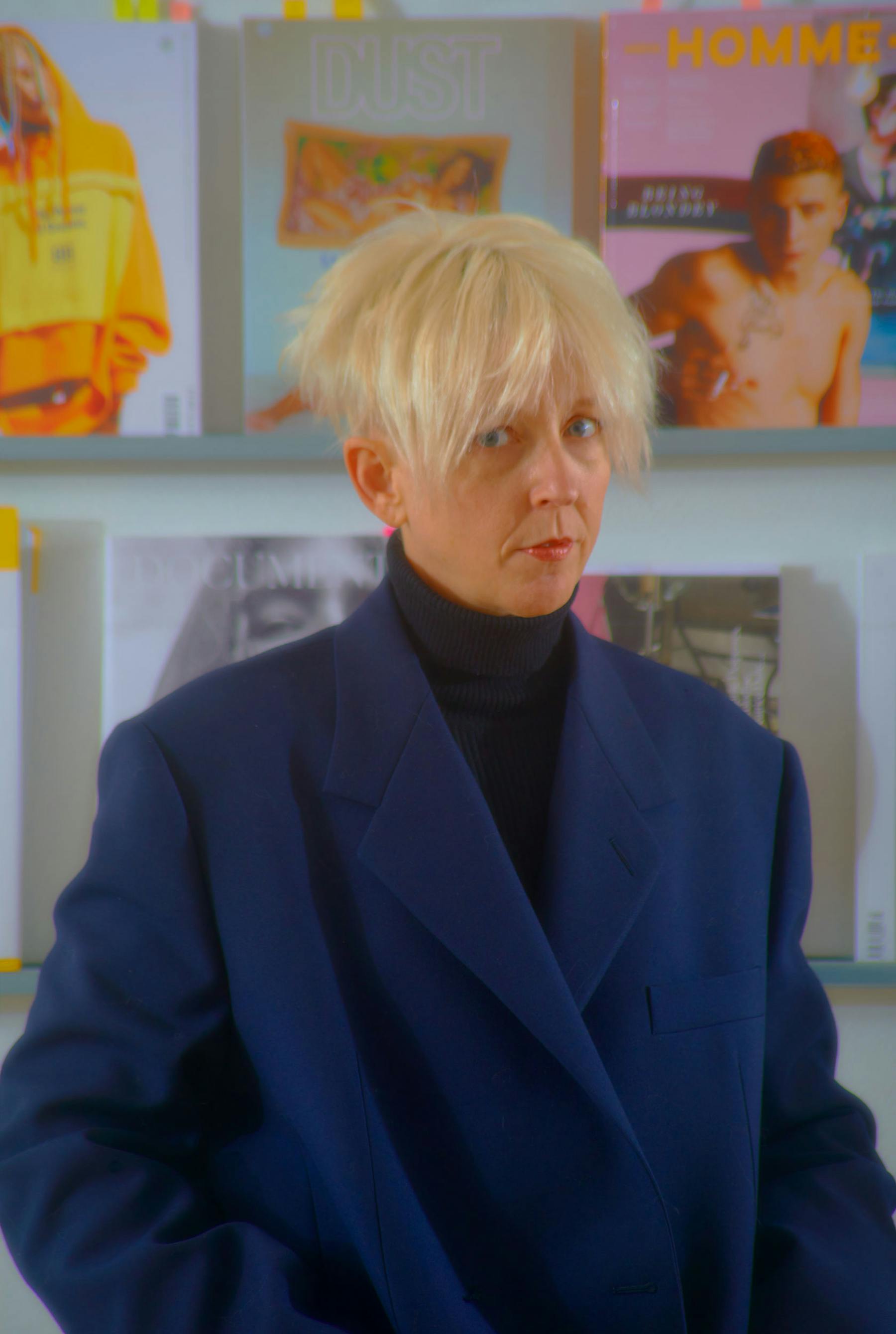
Photographer BORIS CAMACA
Assistant GABRIEL FABRY
From Vetements to Y/Project via Ottolinger, you represent the new Paris fashion scene. Do you feel like you’ve created a new fashion family?
When I was working in press agencies and I had to promote a brand that I didn’t necessarily like I didn’t really know how to do it. I can’t work with a brand I don’t like. I have to have a certain feeling for the brand. It’s all about intuition. Some people tell me that my showroom is coherent, that everything is connected. I don’t know about that. People come to me, I say yes or no. I have never solicited clients.
How do you adopt a new designer? How do you extend your family?
Recently I took on three new designers: Dumitrascu, Ottolinger and GmbH. I don’t really think about it, but there is a part of me in all of them. I like Ottolinger’s artisanal work. Andra Dumitrascu is linked to the Berlin art scene – like me she knows the gallerists from Balice Hertling. Those sorts of connection enrich my life. I love the melting pot and the fact that you can meet lots of people in Paris. When it comes to the designers I choose, I don’t have a stylistic ideal. I wouldn’t want to say that it has to be a little bit street, a little bit sporty, a bit rock or a bit intellectual...But I like to support the “hand made” and the unusual. I don’t have to find a piece that I would like to wear in a collection in order to be able to represent it. Going back to my childhood and my rebellion, these designers all share an individual vision. They have their own language, which is very important for me. Jourden, for example, is the “prettiest” of all the brands I represent, but if you look close, beyond what seems to be demure or smooth, there is something else there, a twist.
And indeed in your showroom there’s nothing cute!
No, I’d find that boring. Paris is beautiful and I love that, but like the designers I represent, I think that beauty is found in imperfection. My mother would really like me to have smooth hair but I prefer it messy. I like it when we move away from the habitual. It’s funny because I come from Texas which is a conservative state, but when I go home and I see a cowboy with his hat, his boots and his tight jeans, I think, he’s the eccentric! It’s a pretty strong look, you’ve got to admit.
How did you meet Demna Gvasalia?
A friend said to me, “I’ve got a friend who is going to launch his brand and who’s looking for a press agency who does things a little bit differently, and I told him about you.” I met him in his studio in the 9th. He showed me his mood board, which was kind of everything I love: MTV, David Byrne from Talking Heads, pages of magazines...On a clothes rail he had a leather jacket with safety pins that was going to become a dress. He told me he’d really like to work with me and I said, me too. This was in February 2014 - he still hadn’t made a piece yet. Then I saw his first collection and I thought “oh my god”. I was used to young designers but this really was another level, it was so much better than I could ever have imagined. I contacted the Fédération to find Vetements a slot among the presentations and they said yes immediately. It was really something, that was obvious. That first season, they had orders from 27 top boutiques. At the showroom there was an electricity in the air that I haven’t often felt.
Had you imagined it would be such a success at the time?
No, it was off the scale! From the second season they had runway shows. I had invited style.com and someone came to see it. During the show I looked at her and she was gob smacked. At the end she said, “of course I’ll write something about them!” I never approach celebrities about wearing the clothes, they came to us. I’ve been through so much with Vetements that I feel like we’ve been together for many, many years.
What kind of relationships do you have with the designers ?
I feel very deeply connected to them, through their vision. I think that we understand each other well. I am direct and frank. I think they come to me when they want to know the truth; I’m a bit of a sounding board. The connection is at the level of their creative world rather than at the personal level. Glenn Martens and I have friends is common. I see Demna at concerts, like Marilyn Manson, because we share the same universe. Dumitrascu and I, we know the gallerists from Balice Hertling.There’s always a link, with every designer. They’re friends of friends. I try to be very available to them and sometimes we have long discussions. For example, one designer thought they had to make a set of commercial pieces and other pieces for the press. But no, it’s when you manage to fuse the two in one piece that you succeed !
Is making pieces for the press really the be all and end all?
I learnt a lot of things with Vetements because not all brands become so successful so quickly. They created pieces which we all need in our wardrobe but they gave each one attitude, even if it was just a T-shirt. Y/Project made a jacket with four sleeves that you can wear how you like - the possibility of being able to make a piece your own is a good recipe for success. If necessary, for some collections I give the designers a sense of what the press is interested in: graphics, texture, volume, metallics. It’s just a question of what’s photogenic. The press is still useful for launching a young designer but less than before because now there’s Instagram and a designer can create their own buzz. But at a certain point, they need the press to legitimate their success. Not all potential clients are on Instagram, you have to find a balance.
What’s your relationship with Instagrammers?
I understand that it’s necessary but I prefer iconic images, quality images, feature articles... The key word is balance. Everything is changing very quickly at the moment. We don’t know what’s going to happen in the next couple of years. Instagram isn’t reality. Today it’s the number of likes which is important, which I find pretty cheap! It’s not necessarily that the people who have lots of likes are low end or cheap, but it’s the way society is going. And you can pay to get more followers, so it’s doesn’t really prove anything.
Your job is to promote other people’s talents are you ever tempted by the limelight?
I’m happy if my work leads to other people’s success. I don’t care about fame or the limelight. For two years I’ve been playing bass in a post-punk group and we’ve played some shows. When I was on stage, I wasn’t thinking “people are looking at me, that’s great”. It was more a shared moment, a shared energy, that was magical. It’s the doing than counts, not being seen.
